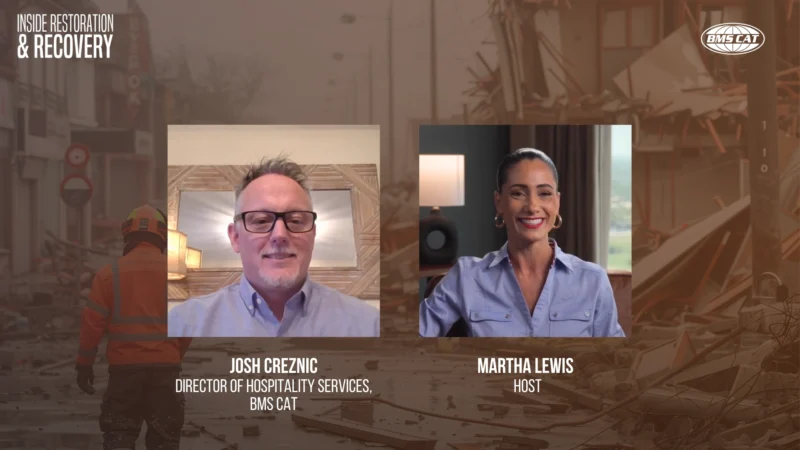Can Technology Be The Solution To Food Poisoning at Fast Food Restaurants?
Food poisoning is far more than an unpleasant inconvenience for many, which is why restaurants that sicken their customers rightfully face serious scrutiny. Though food safety standards are consistent across the board, the technologies and methods restaurants use to adhere to them vary as widely as their public relations response.
Recently, another chapter in Chipotle’s foodborne illness saga dominated headlines, culminating in the temporary closure of the offending store. Chipotle has made its name on providing fresh meals with minimally processed foods. Though frozen food, frying and reheating may not make for the healthiest menu, it practically guarantees a diner will not get sick.[1]
That truth has failed to excuse Chipotle, who released a letter detailing their long-term strategy for handling food safety back in 2015.[2] All restaurants must cook, store, and serve foods at certain temperatures while employees conduct proper practices to avoid cross-contamination.
With multiple lawsuits from sickened customers pending, Chipotle tapped new technologies to better adhere to standards including air purifiers at every location. These filter mold, contaminants and more out of its open-air kitchens that are especially at risk.[3]
Another innovation took place at the processing line, when Florida’s RGF Environmental Group, Inc. introduced their Food Surface Sanitation Tunnel. A combination of UV light and oxidation gasses work to sterilize meat, vegetables, and more without chemicals.[4]
Tech aside, human error can still cause contamination. Chain-wide standards are as difficult to develop as they are to enforce. IoT and mobile technologies have made it easier than ever before, allowing IoT-connected thermometers and timers to not only guarantee enforcement without a live management presence, but collect aggregate data for analysis.[5] Though Chipotle has yet to officially adopt such a strategy, food service suppliers like GSF already have fully connected supply chains.[6]
As this Chipotle story unfolds, it is important to recall both the imminent need for consistent food safety enforcement and the significant challenge fresh food restaurants face. New technology may make the problem easier to tackle, but restaurants of all cuisines need to be the ones to put it to good use.
[1] https://qz.com/quartzy/1344564/chipotle-and-mcdonalds-food-poisoning-issues-are-all-about-salad/
[2] https://www.chipotle.com/openletter
[3] https://www.thedailymeal.com/news/eat/chipotle-ups-its-food-safety-breakthrough-technology/011117
[4] https://www.youtube.com/watch?v=xOySY6w8_GE
[5] https://www.fastcasual.com/articles/how-new-school-food-safety-could-help-chipotle-prevent-foodborne-illness/
[6] https://www.ibm.com/blogs/events/think-2018/think-2018-presents/improving-food-safety-internet-things/








